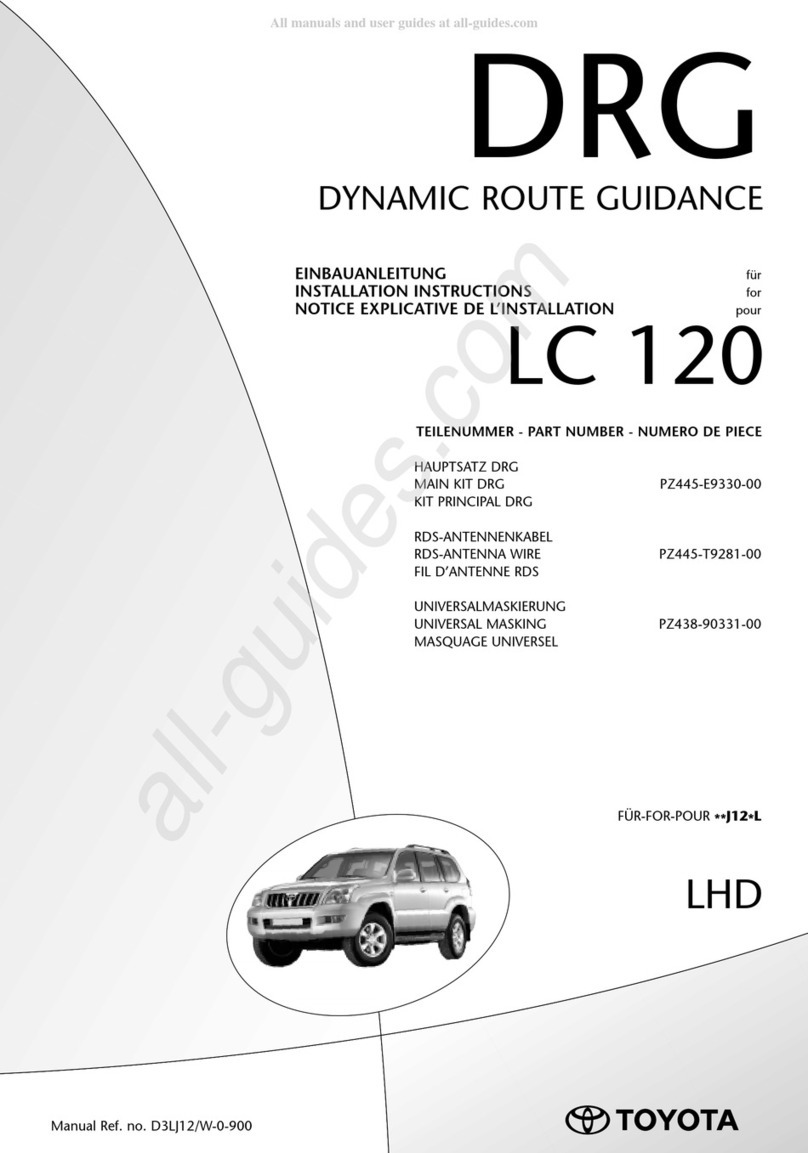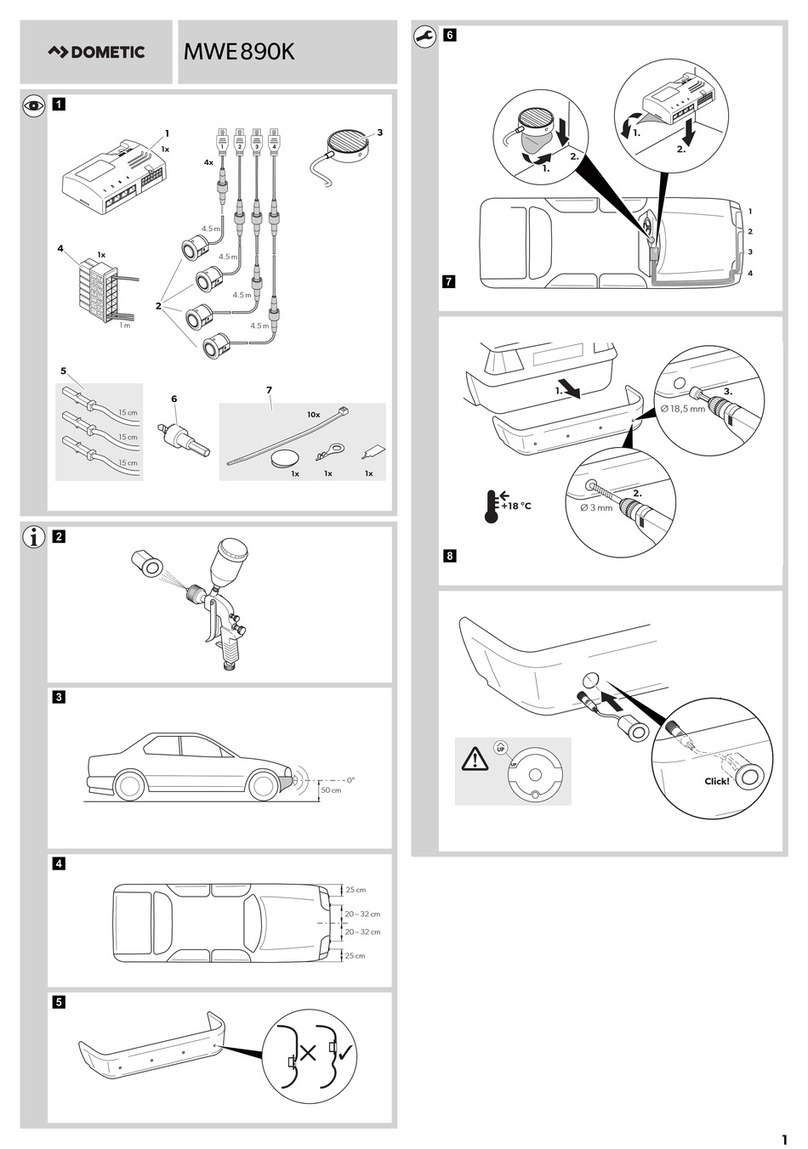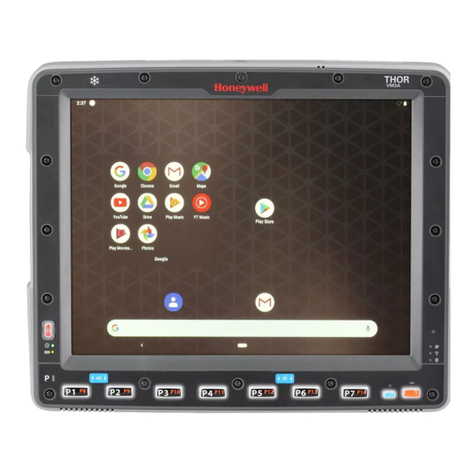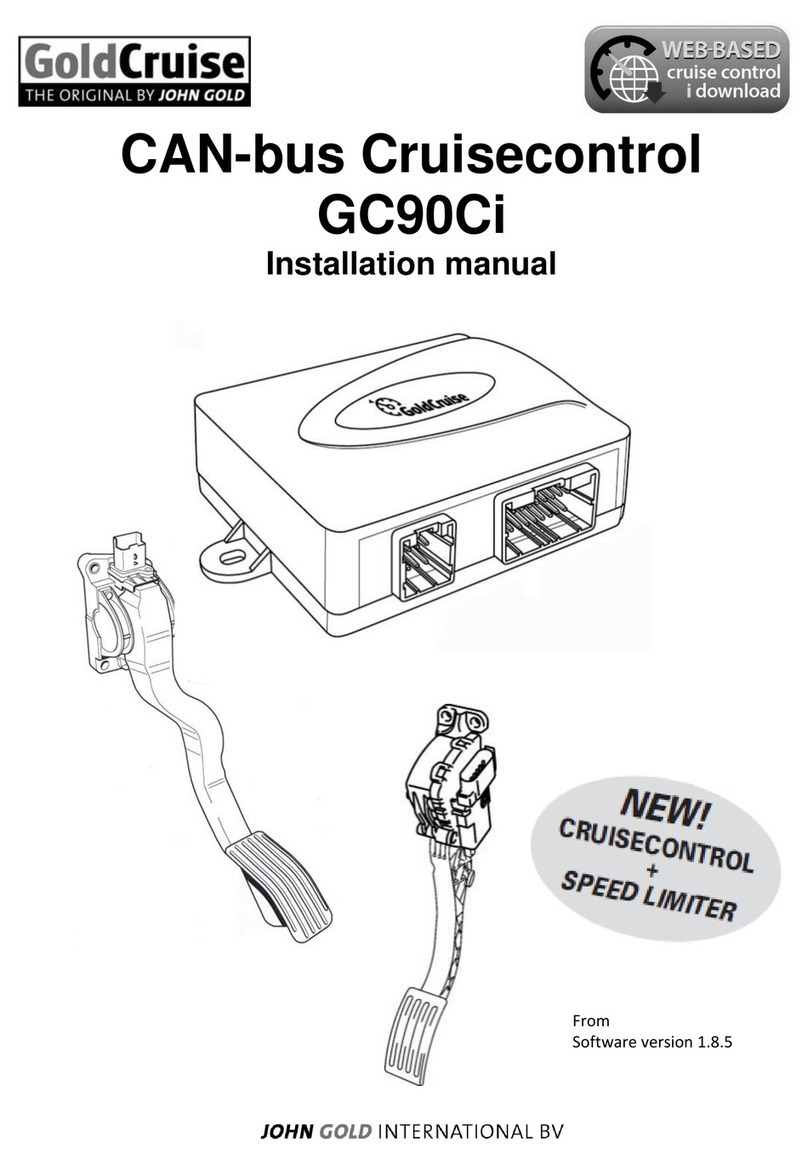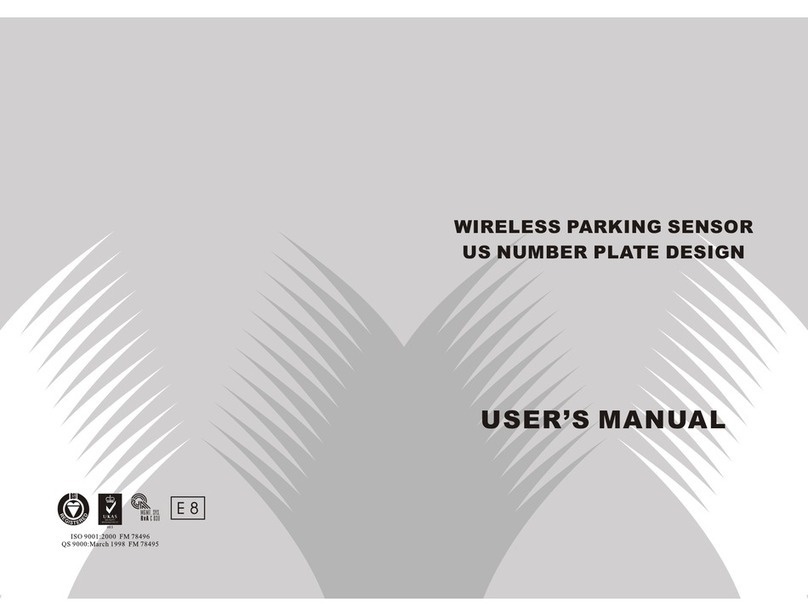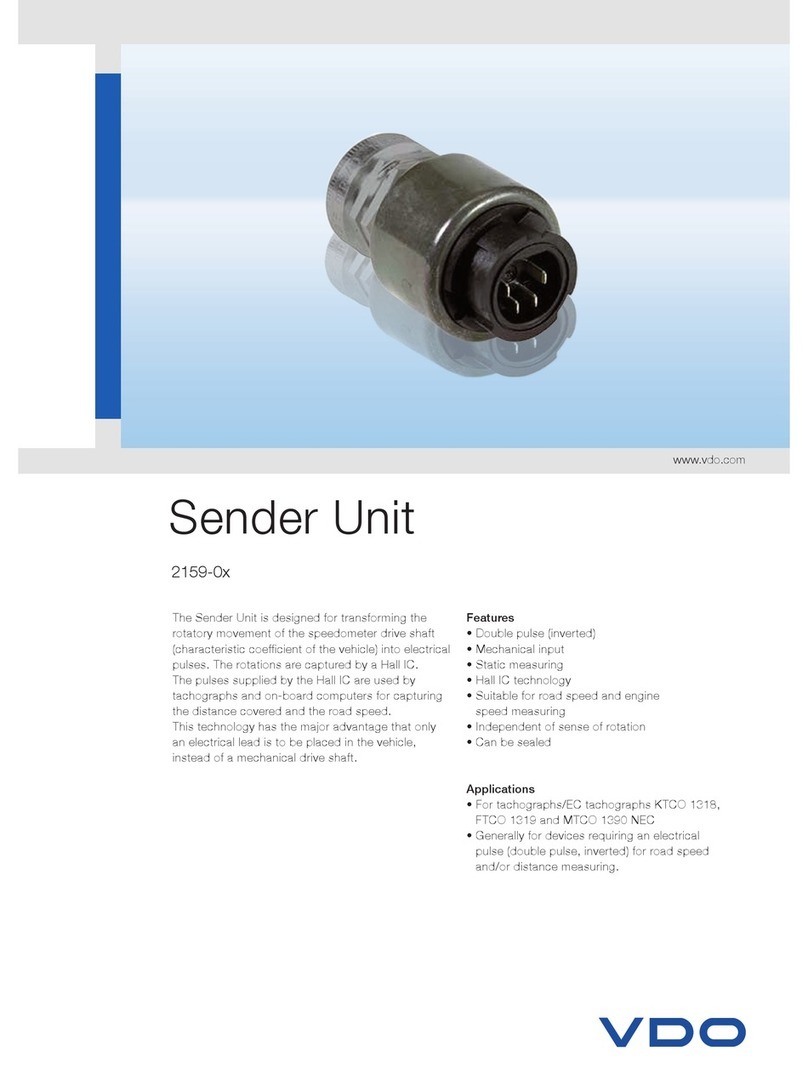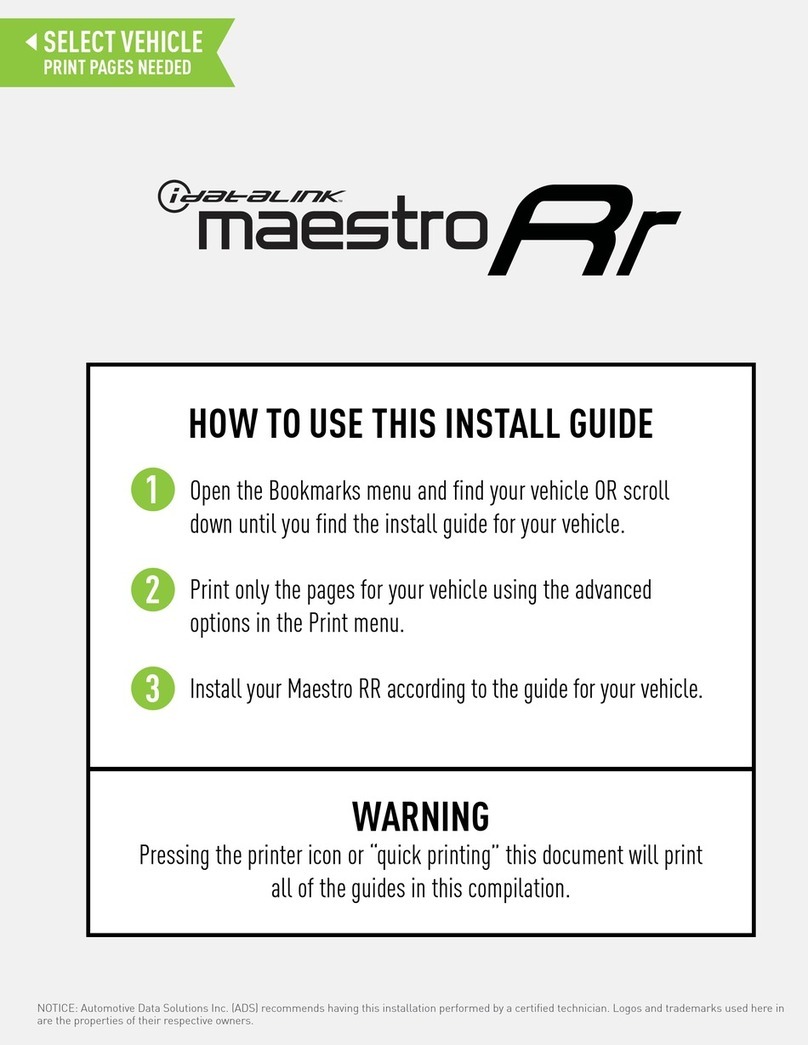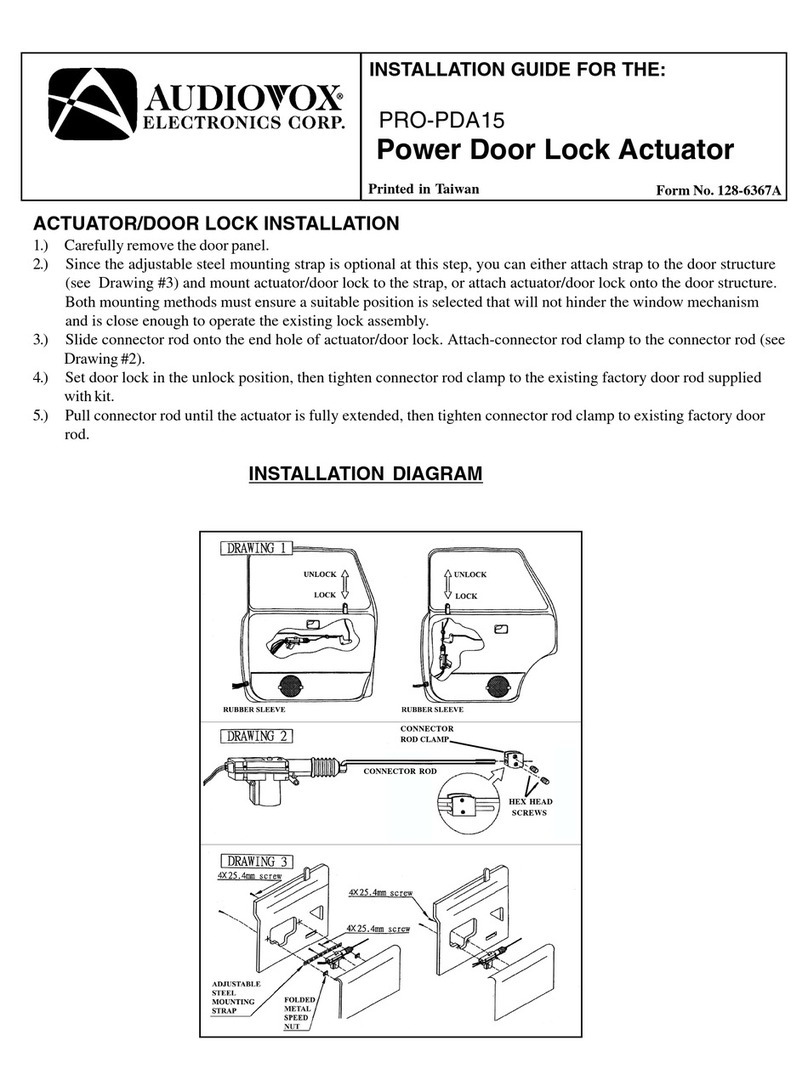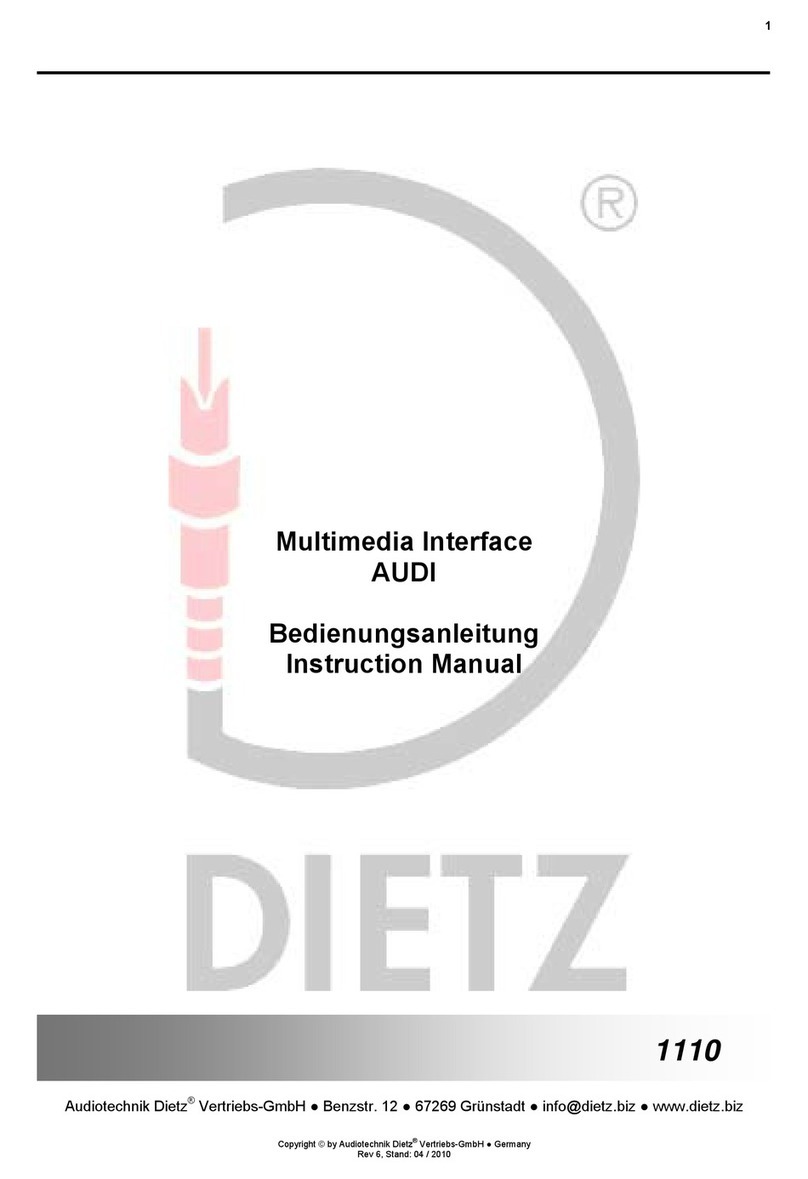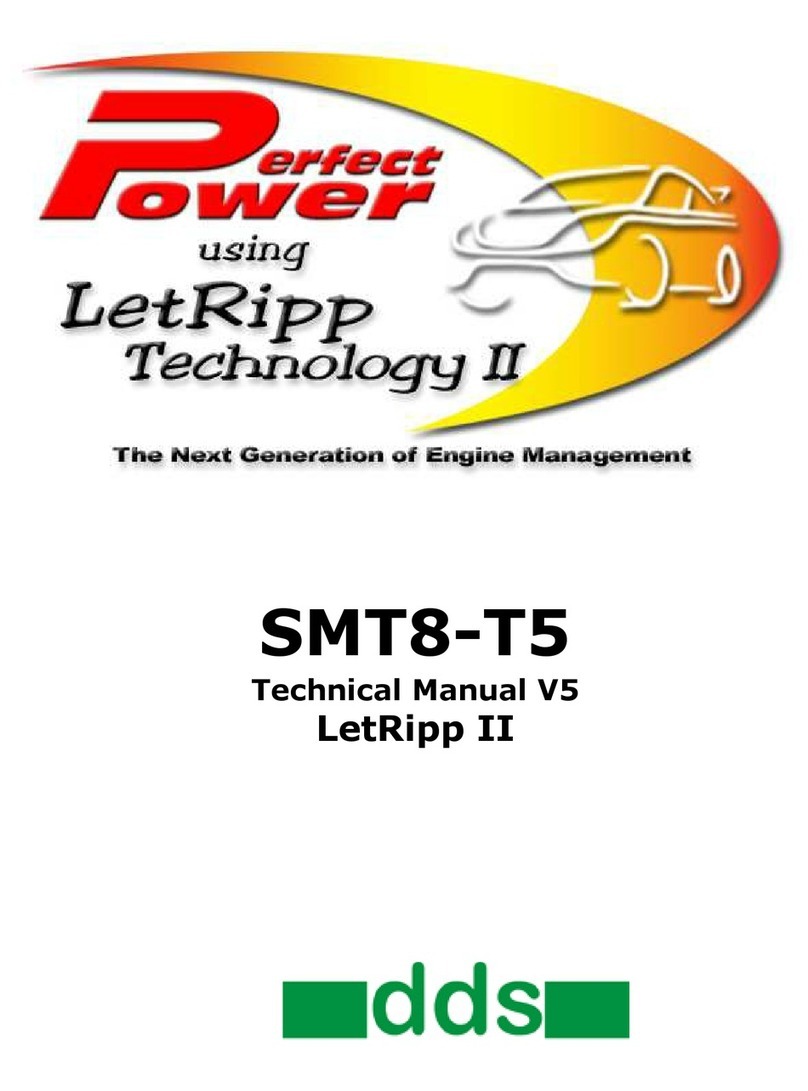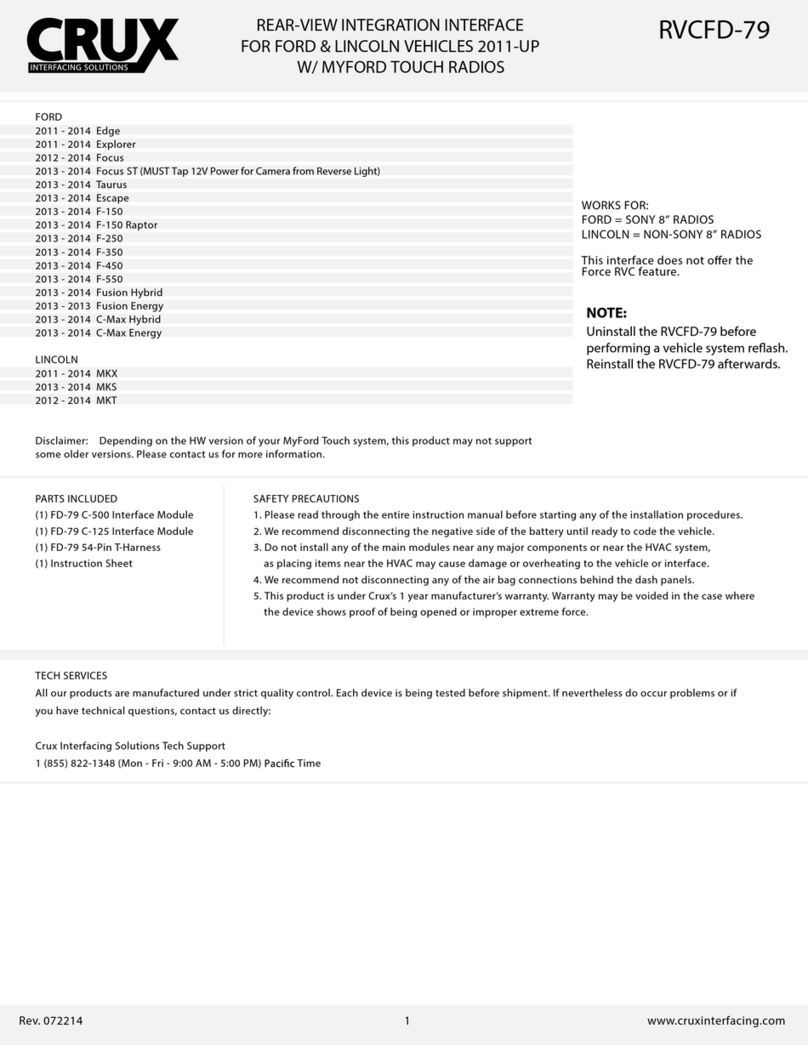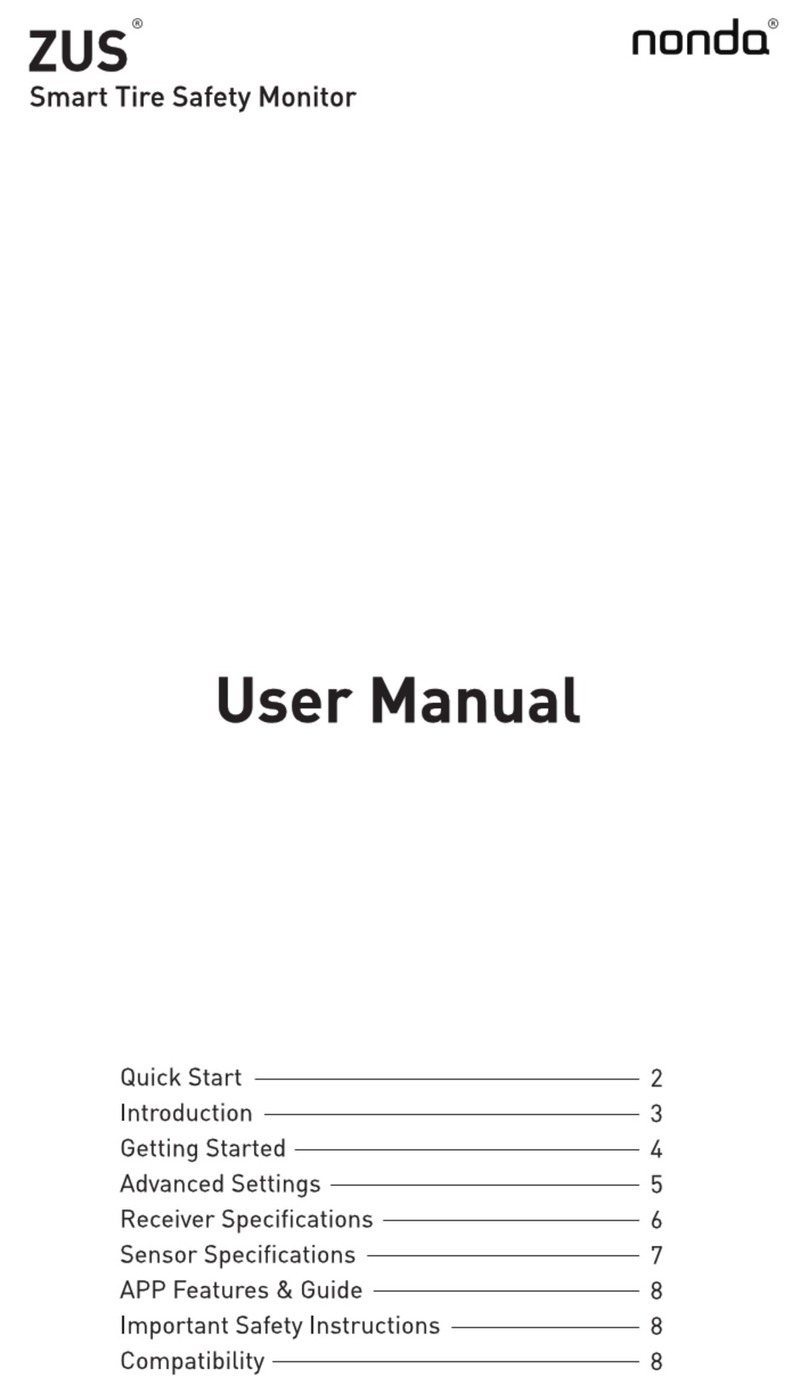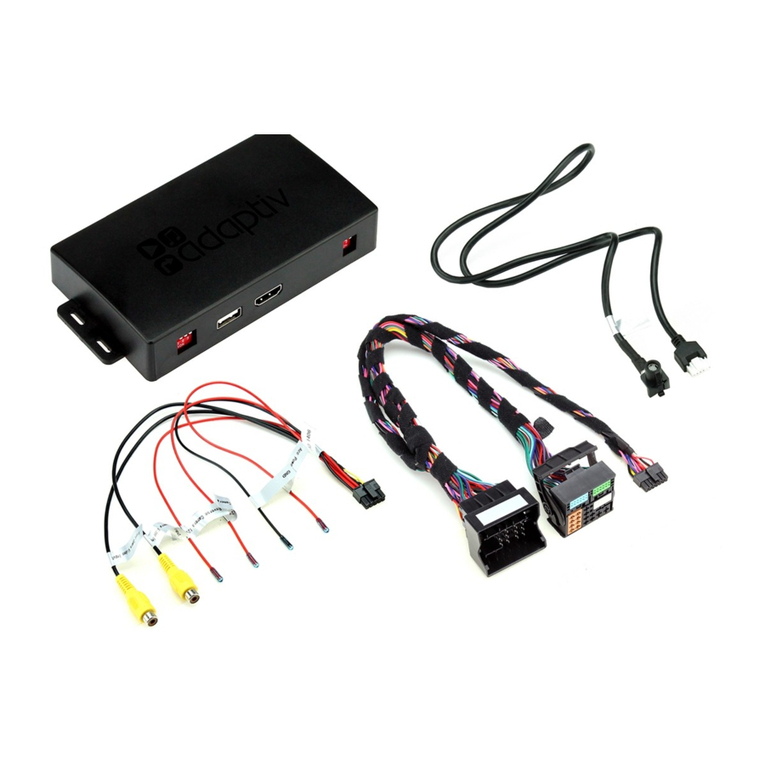5
14.4 Fuel pump ........................................................................................................................................................................................43
14.5 Variable camshaft control/Powerglide gearbox ..................................................................................................................44
14.6 Progressive nitrous control ............................................................................................................................................................44
14.7 Boost control.....................................................................................................................................................................................45
15 Electronic throttle control..................................................................................................................................................46
15.1 Connection table –throttle bodies and pedals...................................................................................................................46
16 Sensors and Calibration....................................................................................................................................................47
16.1 TPS calibration..................................................................................................................................................................................47
16.2 Electronic throttle/pedal calibration .........................................................................................................................................47
16.3 Fuel/oil pressure sensors inputs ...................................................................................................................................................48
16.4 Intake air and engine temperature sensors...........................................................................................................................48
16.5 O2 sensor inputs #1 and #2 ......................................................................................................................................................49
16.6 Traction type.....................................................................................................................................................................................50
16.7 Wheel speed (front/rear)...............................................................................................................................................................50
16.8 Driveshaft RPM .................................................................................................................................................................................51
16.9 Gearbox RPM ...................................................................................................................................................................................51
16.10 Gear detection ...............................................................................................................................................................................52
17 Starting the engine for the first time ................................................................................................................................54
17.1 First engine start...............................................................................................................................................................................54
17.2 Ignition calibration..........................................................................................................................................................................54
18 Fuel tables adjust...............................................................................................................................................................56
18.1 Main fuel table ................................................................................................................................................................................56
18.2 Overall fuel trim ...............................................................................................................................................................................56
18.3 RPM compensation .......................................................................................................................................................................57
18.4 O2 Closed Loop..............................................................................................................................................................................57
18.5 TPS idle fuel table............................................................................................................................................................................58
18.6 Acceleration fuel enrichment and decay .............................................................................................................................59
18.7 Engine temperature compensation.........................................................................................................................................60
18.8 Intake air temperature compensation ....................................................................................................................................60
18.9 Battery voltage compensation ..................................................................................................................................................60
18.10 MAP / TPS compensation..............................................................................................................................................................60
18.11 Prime cranking pulse .....................................................................................................................................................................60
18.12 Engine start .......................................................................................................................................................................................61
18.13 Post-start enrichment.....................................................................................................................................................................61
18.14 Individual cylinder trim ..................................................................................................................................................................61
18.15 Rotor compensation......................................................................................................................................................................61
18.16 Enrichment per gear .....................................................................................................................................................................61
18.17 Gear shift fuel enrichment ...........................................................................................................................................................62
18.18 Fuel injection phase angle table ..............................................................................................................................................62
19 Ignition tables adjust .........................................................................................................................................................63
19.1 Main ignition table..........................................................................................................................................................................63
19.2 Overall ignition trim.........................................................................................................................................................................63
19.3 MAP/TPS compensation ................................................................................................................................................................64
19.4 Engine temperature compensation.........................................................................................................................................64
19.5 Intake air temperature compensation ....................................................................................................................................64
19.6 Rotary timing split............................................................................................................................................................................64
19.7 Individual cylinder trim ..................................................................................................................................................................64
19.8 Rotor compensation......................................................................................................................................................................64
19.9 Timing limits.......................................................................................................................................................................................64
19.10 Gear compensation......................................................................................................................................................................65
19.11 Gear shift compensation .............................................................................................................................................................65
20 Other functions...................................................................................................................................................................66
20.1 Internal datalogger ........................................................................................................................................................................66
20.2 Idle speed control ..........................................................................................................................................................................67
20.3 Deceleration cut-off ......................................................................................................................................................................68
20.4 Revolution limiter .............................................................................................................................................................................68
20.5 Shift alert ............................................................................................................................................................................................68
